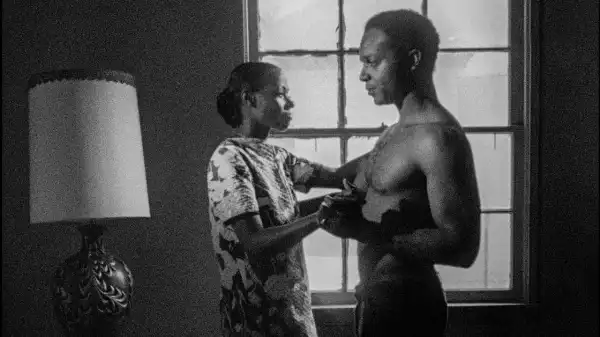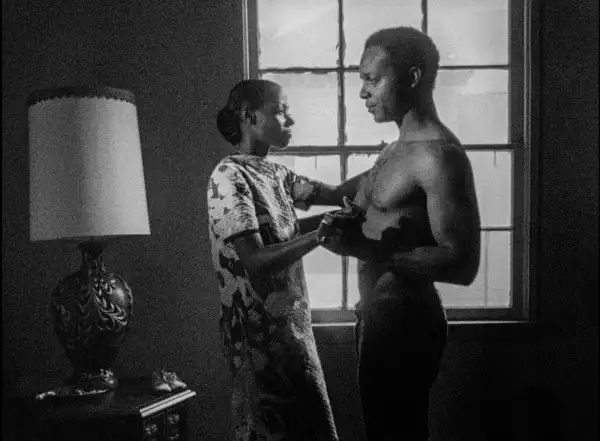
Save this storySave this storySave this storySave this storyYou’re reading the Goings On newsletter, a guide to what we’re watching, listening to and doing this week. Sign up to get it sent to your inbox.
In the 1970s, UCLA’s Ethno-Communications program, created to increase the number of minority students, attracted a significant number of young black filmmakers. They quickly began making a diverse range of independent films united by a bold, personal look at black life and history and unique cinematic forms; the group eventually became known as the LA Rebellion. Although few of its participants achieved careers comparable to their early achievements, the movement had a significant, if belated, influence on future generations of filmmakers, as can be seen in the series LA Rebellion: Then and Now (at Film at Lincoln Center, April 25–May 4), which features key works from the movement alongside notable recent successors.

Casey Moore and Henry G. Sanders in Charles Burnett’s Killer of Sheep. Photo courtesy of Kino Lorber/Milestone Films
“Bush Mama,” the 1975 senior thesis of Haile Gerima (who matriculated at UCLA in 1970), is set in the Watts neighborhood of Los Angeles. Barbara O. Jones plays Dorothy, who struggles with raising her young daughter (Susan Williams) when her partner, T.C. (Johnny Weathers), is jailed for a crime he didn’t commit. (The film opens April 25 and 28.) Gerima’s unflinching but at times genuinely comic take on Dorothy’s life ranges from documentary footage of street life and politically charged interactions with government officials to candid conversations with a neighbor (Cora Lee Day) and a voiceover that reveals Dorothy’s inner world.
Julie Dash enrolled at UCLA in 1976, but her first feature, Daughters of the Dust (May 2 and 4), wasn’t made until 1991. Although it’s her only feature film to date, it has left a lasting mark on cinema history for its approach to narrative. Set in 1902 in a Gullah community on an island off the coast of Georgia, the film follows an extended family preparing to move north. Their complex relationships are strained by memories of the past, including their ancestors’ tragic resistance to slavery and the persistence of African traditions. Dash (whose cast also includes Jones and Day) brings the region’s culture to life with a gorgeous, spiritually uplifting style that’s among the most distinctive in contemporary cinema.
One of the most famous films of the L.A. Rebellion, Killer of Sheep, by Charles Burnett — the first of the group to attend UCLA in 1967 (and the cinematographer of Bush Mama) — will be shown April 18-24 at Film Forum in a new restoration. It was also a thesis project, completed in 1977, but its release was long delayed by music rights issues. It is a meticulously observed, lyrically romantic drama about a young patriarch of a Watts family named Stan (Henry G. Sanders), whose hard work at a slaughterhouse leaves him embittered and depressed. Burnett tenderly describes the resulting stresses on Stan’s marriage — the living room dance scene with his wife (Casey Moore), set to Dinah Washington’s “This Bitter Earth,” is a classic in its own right — and paints a detailed picture of the family’s life, with a special focus on the couple’s children. — Richard Brodie
Sourse: newyorker.com